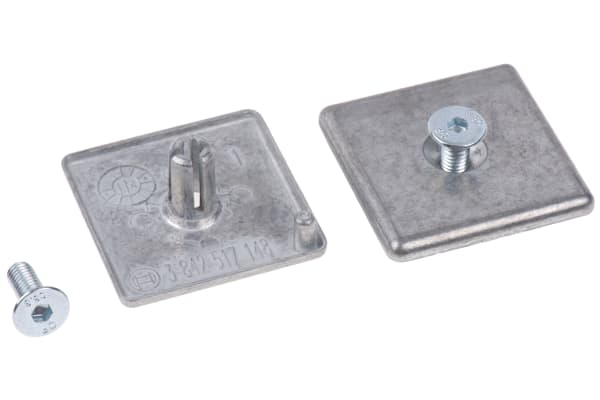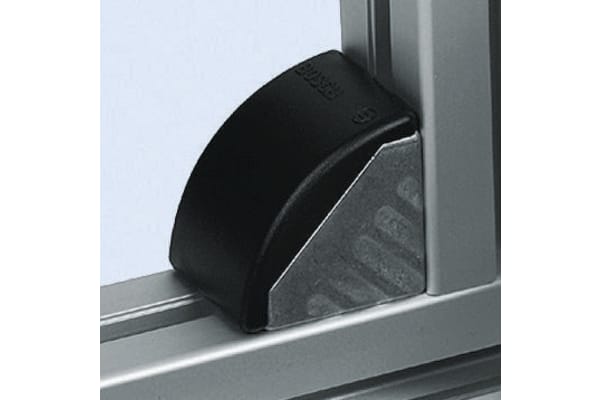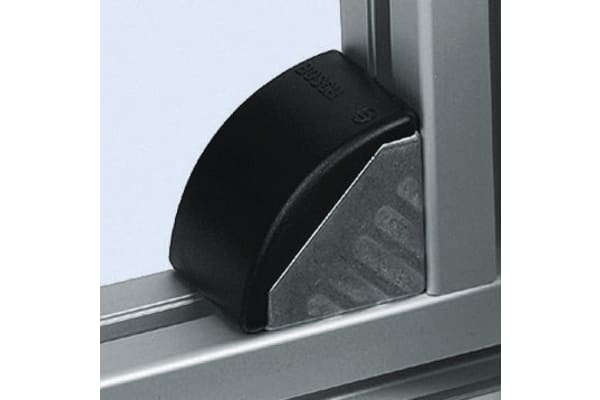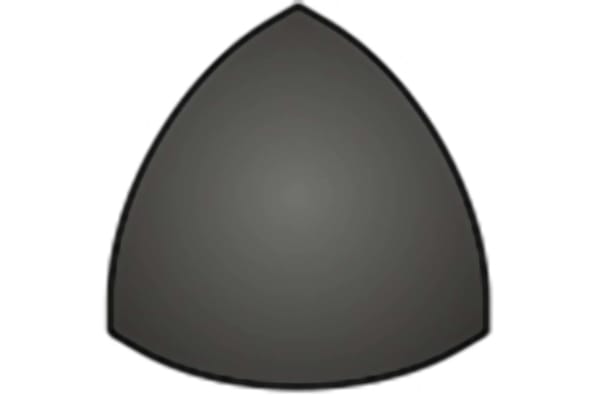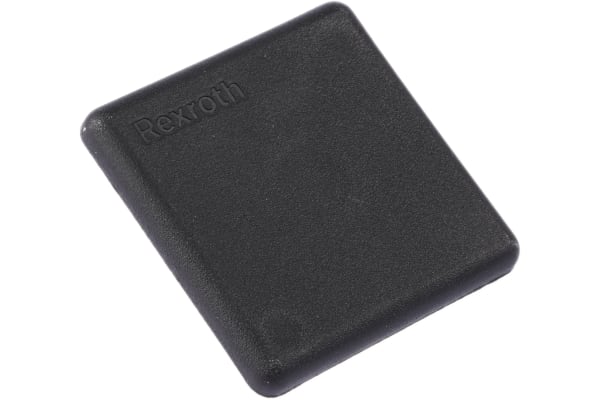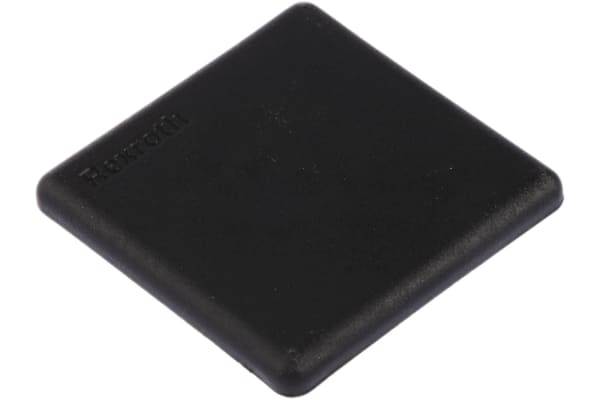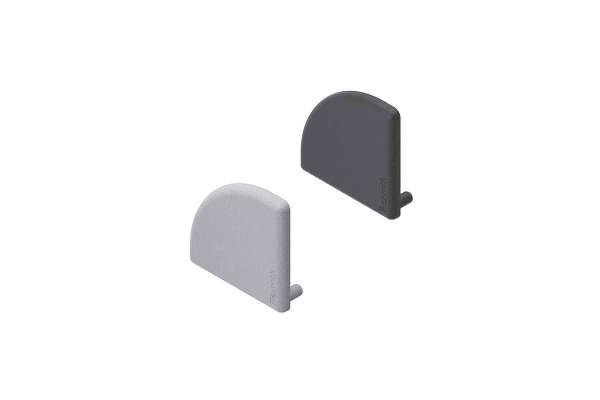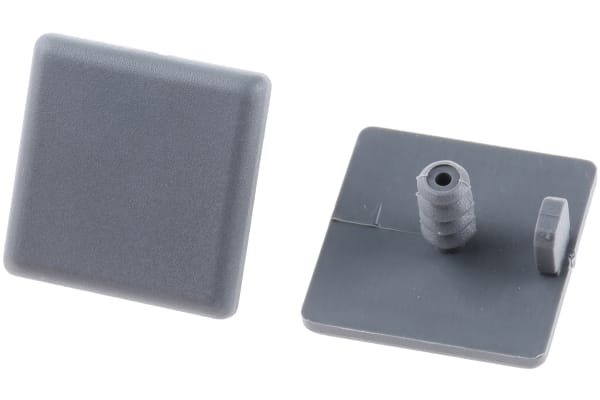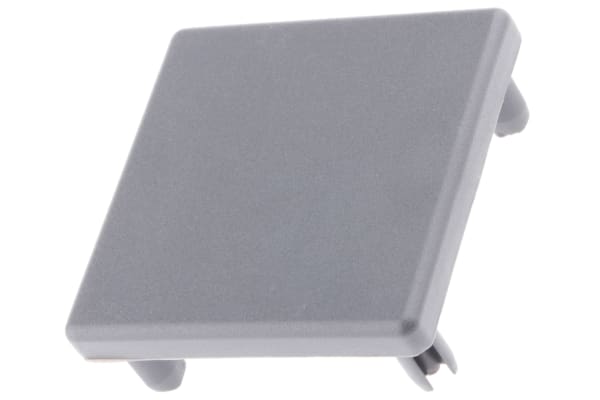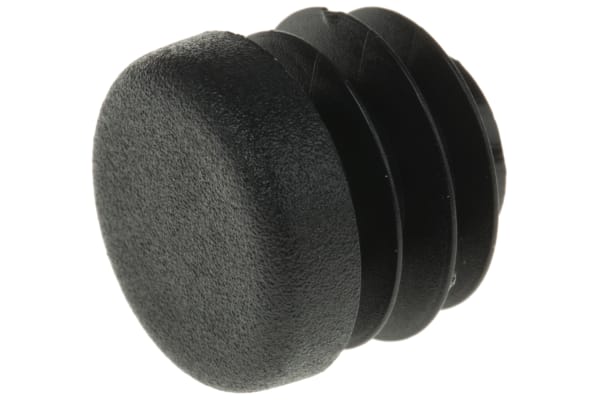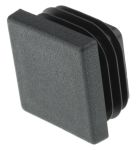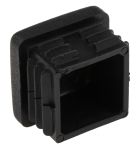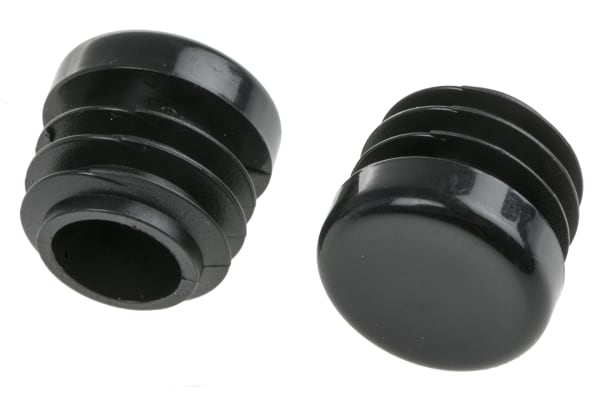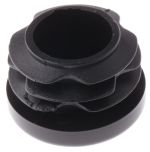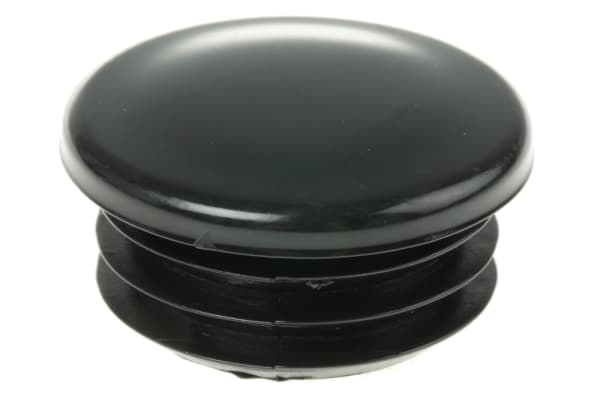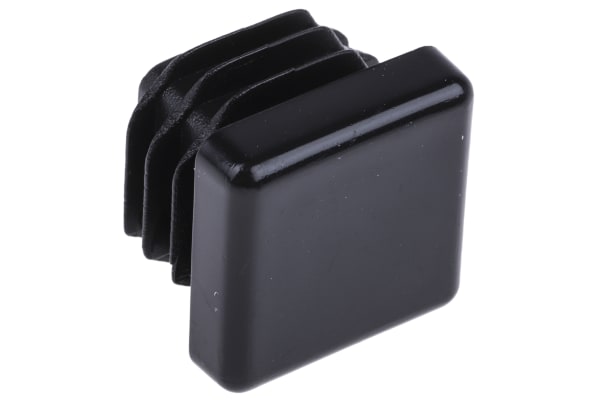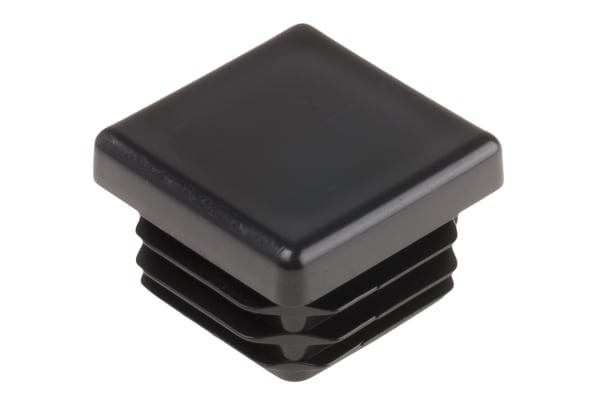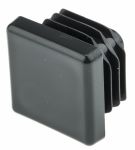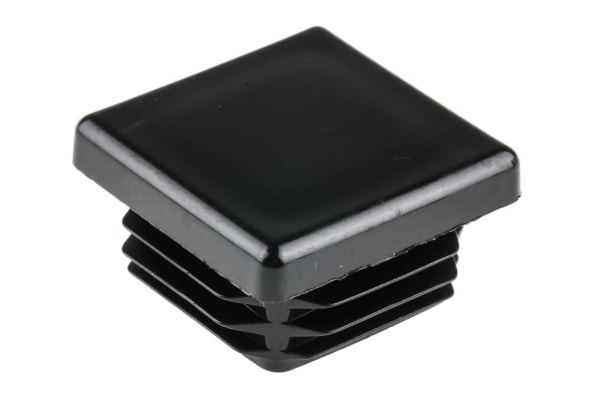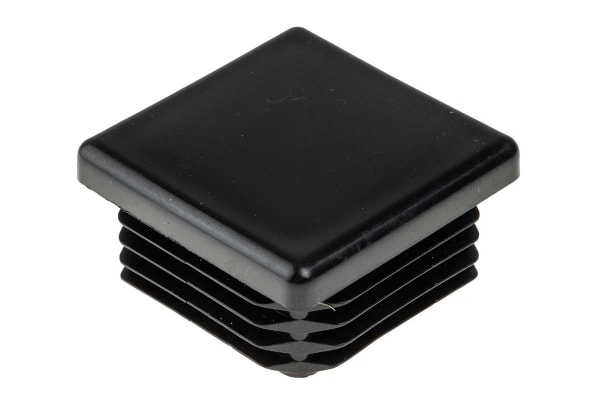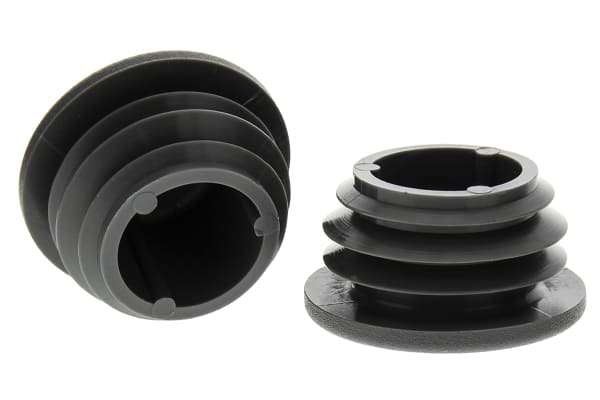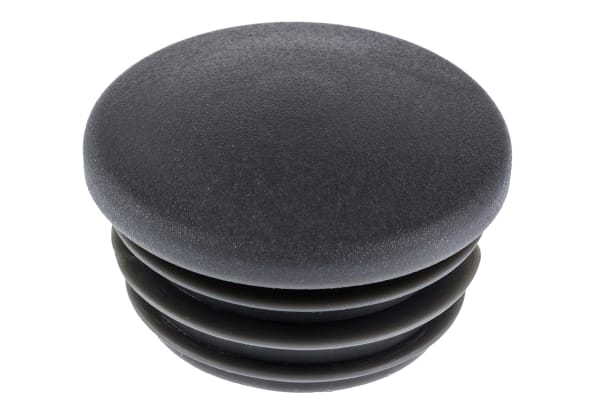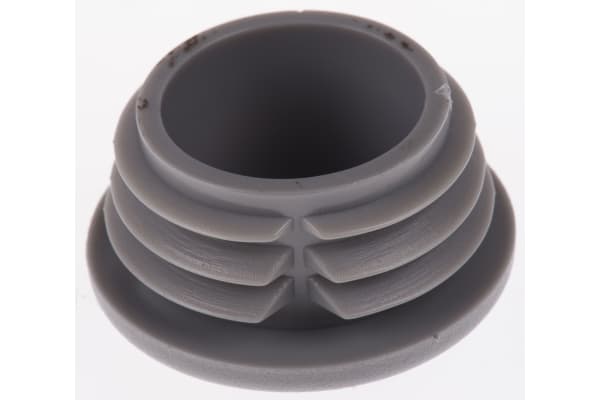Tube Stops & Plugs
Commonly referred to as strut profiles and structural systems, tubing and profile struts offer a modular solution for workplace applications allowing users to create modular, structured solutions in warehouse, manufacture and production factories. Users can design complete frames for assembly lines, flow racks, material handling enclosures and much more.What to use when assembling tubes and struts?Tubing and profile struts are quick and easy to assemble and install using various structural elements including rods, beams, tubes, strut profiles and roller guide rails.The strut profiles include multiple profile sizes, lengths, groove sizes and a number of grooves to meet the specification required and are suitable for cut to length applications. The aluminium profiles are suitable for lightweight constructions that are strong, flexible, cost-effective and versatile.Stainless steel tubing, one of the most commonly used tubes, is typically used in manufacturing and material applications. The tubes are high strength, load-bearing and suitable for applications at low and moderate pressures. Common applications for tubes are pedestrian handrails, directional rails, guard rails and pillar protection. Each tube is ready to be cut to create a frame, painted or powder-coated.What are the types of connecting components?Structural system profile accessories and fittings include cube connectors, t-slot nuts, ball catches, turn locks, self-tapping screws, earthing terminals, cover caps, and many other items. Connecting components are usually made from steel, iron and aluminium for superior strength and a heavier torque. They are easy to use and can be taken apart if you need to disassemble your project later on. They include:T-nuts and T-bolts are used to fasten components to profilesJoint and angle brackets and corner cubes can be used to make a strong connection
-
Bosch Rexroth Black End Cap 45 mm strut profile , Groove 8mm
IDR182,823.27Bag (1 Bag of 2) -
Bosch Rexroth Black Polypropylene Angle Bracket Cap 20 mm strut profile , Groove 6mm
IDR12,167.24 -
Bosch Rexroth Black Polypropylene Angle Bracket Cap 40 x 40 mm strut profile , Groove 10mm
IDR35,452.82 -
Bosch Rexroth Black Polypropylene Angle Bracket Cap 45 mm strut profile , Groove 10mm
IDR24,439.37 -
Bosch Rexroth Black Polypropylene Corner Bracket Cap R40 x 40 mm strut profile , Groove 10mm
IDR76,359.92 -
Bosch Rexroth Black Polypropylene End Cap 40 x 40 mm strut profile , Groove 10mm
IDR349,283.70Bag (1 Bag of 10) -
Bosch Rexroth Black Polypropylene End Cap 45 mm strut profile , Groove 10mm
IDR280,266.08Bag (1 Bag of 10) -
Bosch Rexroth Grey Polypropylene Cover Cap 45 x 45 mm strut profile
IDR1,060,962.35Pack (1 Pack of 20) -
FlexLink Grey Square End Cap 22 mm strut profile , Groove 5.5mm
IDR294,216.45Bag (1 Bag of 10) -
FlexLink Grey Square End Cap 44 mm strut profile , Groove 11mm
IDR489,731.41Bag (1 Bag of 10) -
Rose+Krieger Black Round End Cap 18 mm strut profile
IDR65,136.69Bag (1 Bag of 5) -
Rose+Krieger Black Square Tube Plug, 30mm 30 mm strut profile
IDR64,717.13Bag (1 Bag of 5) -
RS PRO Black Plastic Square End Cap, 25mm 25 mm strut profile
IDR141,077.05Pack (1 Pack of 12) -
RS PRO Black Round Tube Plug
IDR418,091.54Bag (1 Bag of 100) -
RS PRO Black Round Tube Plug
IDR252,050.67Bag (1 Bag of 100) -
RS PRO Black Round Tube Plug
IDR463,299.13Bag (1 Bag of 100) -
RS PRO Black Square Tube Plug, 20mm Tube
IDR196,773.64Bag (1 Bag of 100) -
RS PRO Black Square Tube Plug, 25.4mm
IDR258,973.41Bag (1 Bag of 100) -
RS PRO Black Square Tube Plug, 25mm
IDR258,973.41Bag (1 Bag of 100) -
RS PRO Black Square Tube Plug, 30mm
IDR303,027.21Bag (1 Bag of 100) -
RS PRO Black Square Tube Plug, 38mm
IDR687,763.73Bag (1 Bag of 100) -
RS PRO Plastic Round End Cap Type 1 strut profile
IDR82,128.87Bag (1 Bag of 10) -
RS PRO Plastic Round End Cap Type 2 strut profile
IDR226,037.95Bag (1 Bag of 10) -
RS PRO Plastic Round End Cap Type 3 strut profile
IDR211,038.68Bag (1 Bag of 10)



